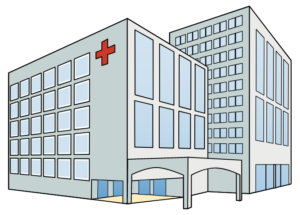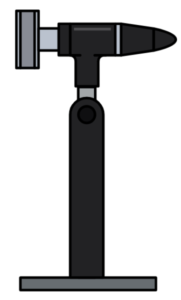In my March blog, I wrote about a few of my tips to get involved in our cardiovascular professional societies. I received a lot of great questions and feedback from trainees across the spectrum of cardiovascular disease through Twitter, LinkedIn, and email, so I thought I would share some similar content this month.
As busy cardiology fellows in training (FIT), finding the free time to attend more than one professional conference in an academic year is tough. Trying to choose among the various local, regional, national, and international opportunities can be difficult, not to mention the financial and time commitments required to attend multiple meetings in a year. As I have become a more senior cardiology FIT, I have come to appreciate the value of attending smaller, disease or topic-specific conferences. Here are 3 of my tips to make the most of these opportunities.

1) Search the CME offerings of academic institutions around you: Most large academic medical centers host continuing medical education (CME) programs focused on specific topics or diseases throughout the year. They are often held on weekends but are usually less time-intensive than the national professional society meetings. Despite their smaller sizes, the organizers will still invite preeminent clinicians and scholars in the relevant fields, which make these meetings terrific opportunities for FITs to access thought leaders and craft collaborations. I recently attended a weekend-long CME course focused on hypertrophic cardiomyopathy at an academic institution in a neighboring state. At the conference, I reconnected with a long-distance mentor who was invited to give a lecture, met a junior faculty member and brainstormed cross-institutional collaborations, and learned about HCM from internationally renowned clinicians and scientists. In addition, taking a deep dive into a topic of your interest can be a welcome respite from the hectic cognitive shifting we are forced to do at larger conferences.

2) Find a way to participate: While smaller conferences usually do not have much room for flexibility in the programming, the organizers may allow FITs to present cases to accompany the didactics. Offer to present a case that ties into the talk of a speaker whom you are most interested in meeting. By doing so, you can “break the ice” with your case presentation and worry less about initiating interaction with the speaker. You may also have the course registration fee, if there is one for FITs, waived through participating. Along the way, stay responsive over email and telephone and obey the organizer’s deadlines for submission of your materials. If you notice that the conference does not have an avenue for FIT involvement, offer to contribute by presenting a case or submitting a poster. Last year, I advised one of my mentees to contact the organizers of a sports cardiology course she was interested in attending. Even though there were no publicized opportunities for FIT engagement, she let the organizers know about her interest in attending and enthusiasm to contribute. The organizers invited her to the course and extended discounted registration. This year, she is on the course planning committee and is spearheading the FIT case and poster presentation sessions!

3) Follow up after the course: Send an email to the course directors and your new contacts after the course. Let them know how much you enjoyed the experience and that you would be delighted to participate in the same or a similar conference again. Close the loop with new contacts and propose next steps to move those potential collaborations forward. Connect with each other through social media, as well.
What are your tips for maximizing the small conference experience? I would love to hear them over the next month – share them with other #AHAFIT and me on Twitter and LinkedIn!